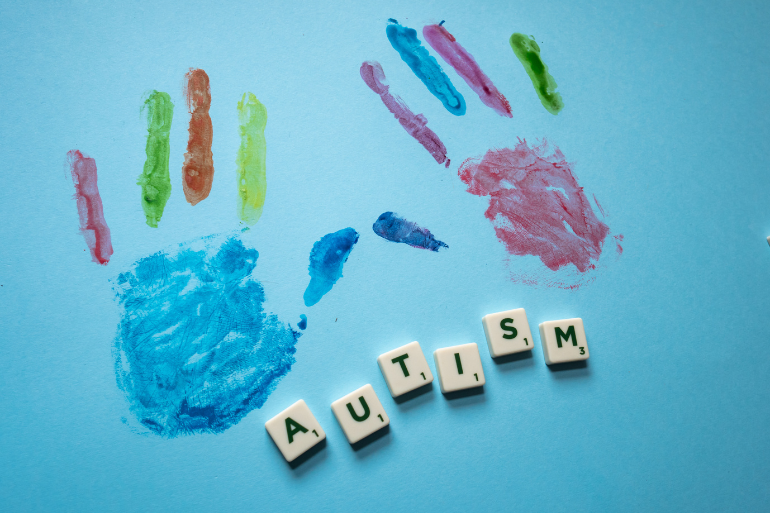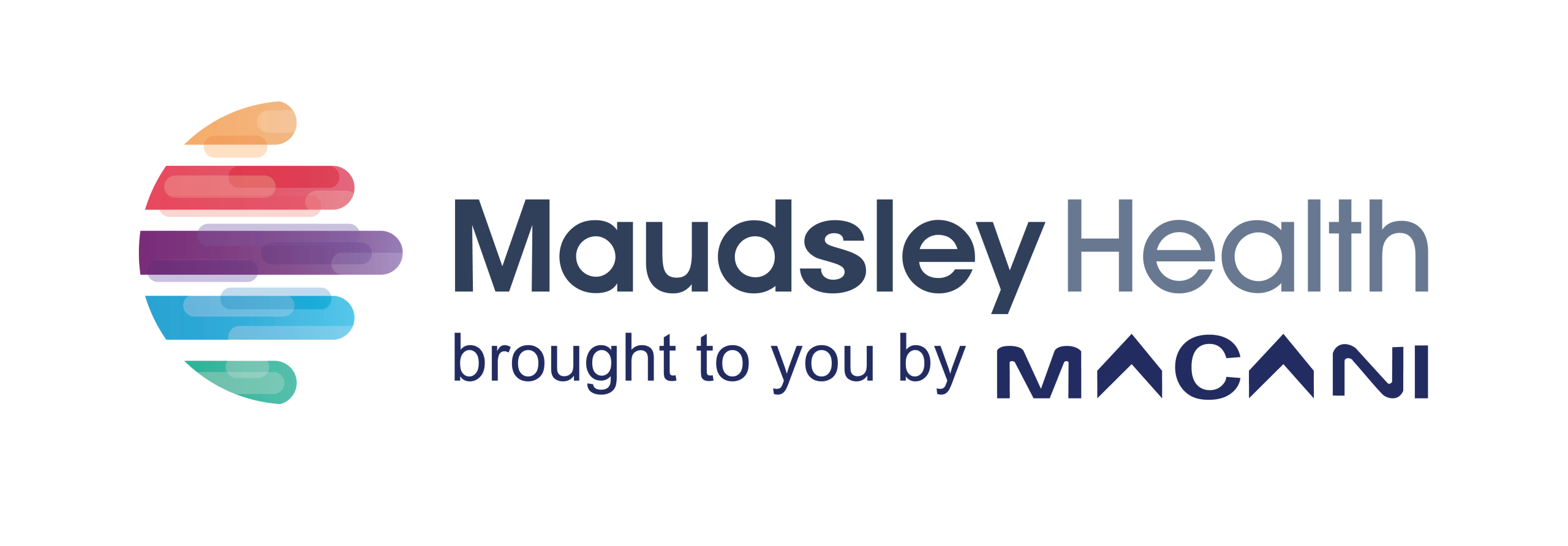Autism Spectrum Disorder: Understanding the Spectrum
Autism Spectrum Disorder (ASD) is a neurodevelopmental condition that affects how a person communicates, interacts, and experiences the world. It is called a “spectrum” because it includes a wide range of strengths and challenges that vary from person to person. Early understanding, diagnosis, and support can help individuals with ASD reach their full potential and lead fulfilling lives.
If you are exploring the kinds of autism spectrum disorder, learning more about the signs and support options is an important first step.
What is Autism Spectrum Disorder?
Autism Spectrum Disorder is characterised by:
– Difficulties with social communication and interaction
– Restricted or repetitive behaviours and interests
– Sensory sensitivities, such as being easily overwhelmed by noise or touch
Some individuals with autism may have strong skills in areas such as memory, visual learning, or specific interests, while others may need significant support in daily activities.

Registration closes 1st June
Kinds of Autism Spectrum Disorder
Although ASD is now diagnosed as a single condition, it used to be described in different subtypes. Today, clinicians still refer to kinds of autism spectrum disorder to explain where someone falls on the spectrum and what support they might need.
These may include:
Autistic Disorder (Classic Autism)
Typically involves significant language delays, social and communication challenges, and unusual behaviours.
Asperger’s Syndrome
Individuals often have average or above-average intelligence and fewer language difficulties but may struggle with social cues and flexible thinking.
Pervasive Developmental Disorder – Not Otherwise Specified (PDD-NOS)
Used when a child has some, but not all, features of autism. Though these terms are less commonly used in formal diagnosis today, they can help describe different presentations of ASD.
Early Signs of Autism Spectrum Disorder
Early identification is key to accessing effective support. Some early signs may include:
– Limited eye contact or facial expressions
– Lack of response to name
– Delayed speech or language development
– Repetitive movements, such as hand flapping
– Strong attachment to routines
– Difficulty understanding others’ feelings
If you notice these signs, it’s helpful to consult a specialist for assessment and guidance.
How Autism is Diagnosed
A diagnosis is made through comprehensive evaluation by a developmental paediatrician, psychologist, or multidisciplinary team. Assessment usually includes:
– Detailed developmental history
– Observation of behaviour and interaction
– Standardised tools and checklists
Early diagnosis enables families to access the right interventions as soon as possible.
Support and Therapy
While there is no “cure” for autism, many therapies and strategies help individuals build skills and thrive. Support may include:
– Speech and language therapy
– Behavioural interventions, such as Applied Behaviour Analysis (ABA)
– Occupational therapy for daily living skills and sensory integration
– Social skills training
The right combination of therapies depends on the individual’s needs and strengths.
Testimonials
Finding Help in Abu Dhabi
If you are concerned about autism spectrum disorder or want to understand the kinds of autism spectrum disorder better, Maudsley Health in Abu Dhabi offers comprehensive assessments and tailored support plans for children and adults.
Our multidisciplinary team is committed to providing compassionate, evidence-based care to help every individual achieve their potential.
Early action makes a lasting difference. If you have questions about autism or would like to arrange an assessment, contact Maudsley Health today. Together, we can build the foundation for a brighter future.

Register your interest
Do not hesitate to contact us if you need assistance. We are always here to help.
